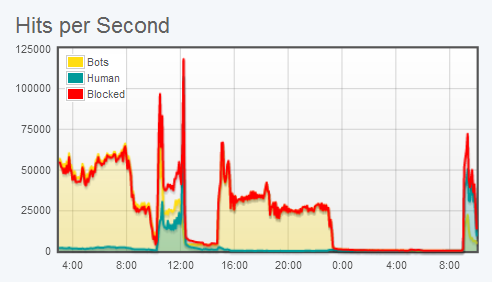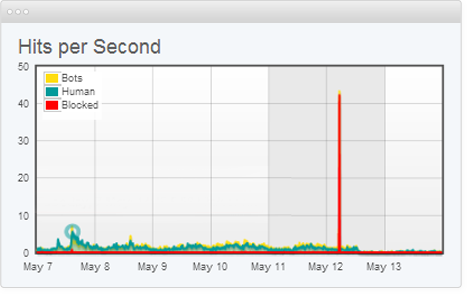


In terms of bandwidth volume, 34% clock in at between 100 MB’s to 1 GB’s, and only 5.3% exceed the 10 GB/s mark.Ī 1 GB/s denial-of-service attack is strong enough to take down most of the websites out there, since their data hosting simply doesn’t offer enough bandwidth to keep the site online. Measuring the strength of a DDoSĪccording to this study, 82% of attacks last less than 4 hours. This makes it a few orders of magnitude more powerful than its smaller sibling. The point of these exercises is to take down a website or service, typically by flooding it with more information than the victim website can process.ĭoS attacks typically send information from only one source (think PC’s, or other internet-connected devices), but a DDoS attack uses thousands, or hundreds of thousands, of sources to flood its target. What does DDoS stand for?Ī DDoS attack is short for “Distributed Denial of Service”, and is the bigger brother of simpler denial-of-service attacks.

Replace “electrical current” with “information”, and “installation” with the term “information processor”, and you’ve already understood the basic principle. This blew up the fuse, and shut down the installation.Ī nearly identical process takes place in DDoS attacks. The moment you push down on the button to toast the bread, you hear a loud pop, and all of the lights suddenly go out.īecause the toaster was faulty, it flooded the electrical installation with excessive current it wasn’t designed to handle. It’s nothing fancy, just a quick and dirty snack until you undress, unwind and cook a proper dish. You wander a bit through the darkness, turn on the lights, grab two slices of bread, and put them into that old, creaking toaster. You’ve just arrived home after a long work day, so long in fact that night has already set in.


 0 kommentar(er)
0 kommentar(er)
